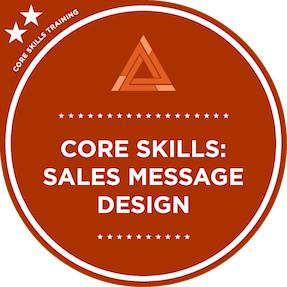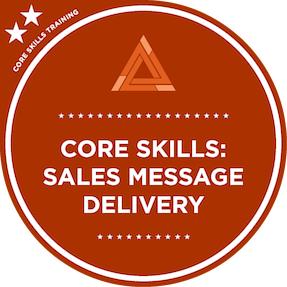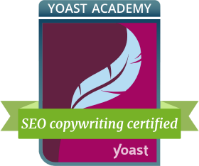
There’s a lot of chatter out there about the latest and greatest trends in marketing – much of it put out by marketers themselves. But what really matters? What are the BIG CHANGES that are fundamentally altering marketing? And what are the implications for small businesses and professional service firms?
To find out, I attend the NJ MarCom Summer Networking Event which featured a panel discussion on this very topic. Here’s the first trend that is reshaping marketing; others will be covered in a separate post.
Marketing Trend #1 – Stories Cut through the Clutter
Jennifer Lehr, Associate Professor and Chair of Communication Studies at Fairleigh Dickinson University, spoke about trends in education. While she did talk about students staying in school longer to earn advanced degrees – no surprise here if you’re the parent paying the bills – the more notable trend is the renewed interest in storytelling and narrative communication.
Stories can cut through the 24/7 advertising noise. To tell stories effectively, you must be able to write. So writing, commented Jennifer, remains a crucial – and often lacking – communication skill. Writers need to be able to take complex information and makes it a dialog.
When you’re telling a story, you’re evoking emotion – not selling. Have an organized, clear plot, keep it relatively short, and get to the point. Have key characters and a compelling message. One story that has successfully cut through the clutter, Jennifer said, is the Dos Equis “Most Interesting Man in the World” campaign. (A quick Google search confirmed this: Dos Equis sales have increased every year since the campaign’s 2006 start.)
How can stories work across the Internet or on 140-character social media platforms? David Blair, a digital marketing solutions executive at Google, noted that it depends on the audience. You must know your audience, and understand where they are most likely to engage with you.
For example, teens don’t tweet, so if you want to reach them, use Facebook or YouTube, not Twitter. Tweak your message so that it’s relevant to your audience and then leverage social media to put your story out there so that audiences can discover it and engage with it how they want.
You’ll also want to ensure the story length and format are suited to the devices individuals are using – i.e., shorter for a mobile device, and longer for PC-based access. What this also means is that you can take one piece of content and spread it many different ways.
The Marketing Advantage Takeaway: Know your audience and the stories that resonate with them. Write stories to build your brand across the communication channels the audience prefers. For more tips on writing simply about complex topics, see 15 Tips for Creating Engaging Content.
What do you think? In the Comments section, tell us about the stories you’ve used to build your small business’ or professional service firm’s brand.
Like what you’re reading? Subscribe and get The Marketing Advantage by email. Just click on the Subscribe today! link in the blog’s right sidebar.






